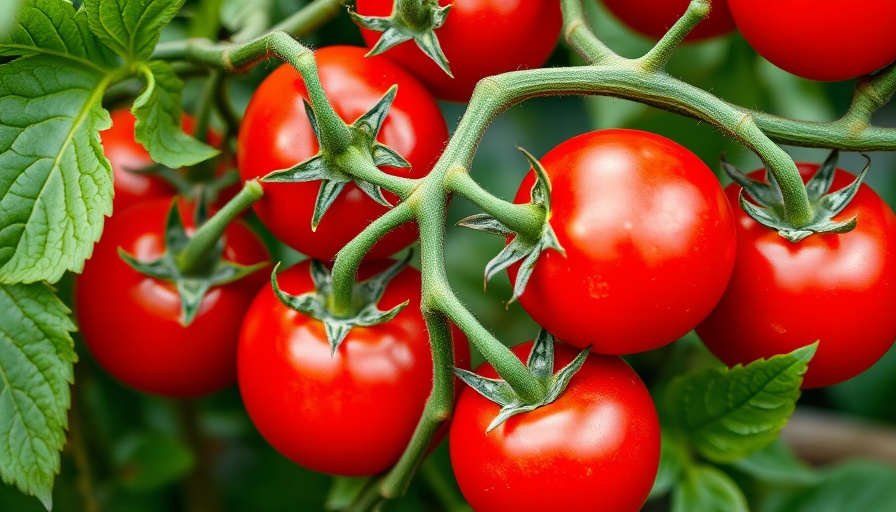
Assessing the Safety of Nibbled Veggies
Homegrown vegetables often attract a variety of animals—from rabbits to deer—that can nibble on them. While the sight of these critters can be charming, it raises an important question: Is it safe to eat veggies that have been nibbled by animals? Recent insights reveal a nuanced answer, particularly when considering the health implications tied to animal interactions.
The Risks of Consumption
According to experts, the primary concerns focus on zoonotic diseases, which are diseases that can be transmitted from animals to humans. These can include everything from bacterial infections, like E. coli and Salmonella, to parasitic infections. The risk isn’t typically from the plant itself but rather from animal droppings or saliva left behind on the veggies. Cleaning and preparing your produce thoroughly is crucial in reducing these risks.
Best Practices for Home Garden Safety
If your garden isn’t fenced, you can still enjoy the fruits of your labor with some precautionary measures. First, inspect the vegetables before harvesting. Discard any that appear overly damaged or excessively nibbled. It’s also advisable to wash your produce under running water and peel them if necessary, as these steps can help remove potential contaminants. Additionally, ensuring that your garden is free of animal waste can lower the chances of disease transmission.
The Benefits of Homegrown Produce
Despite these precautions, homegrown veggies provide significant health benefits, including higher nutrient levels compared to store-bought options. Being mindful of safe gardening practices can allow you to enjoy the benefits while minimizing risks. As awareness about food safety grows, applying these insights can ensure that you can have a bountiful harvest without compromising your health.
In sum, while it may not be entirely unsafe to eat nibbled veggies, exercising caution through proper cleaning and inspection is essential. Knowledge and diligence in your gardening practices can elevate your confidence and health.
 Add Row
Add Row  Add
Add 




Write A Comment